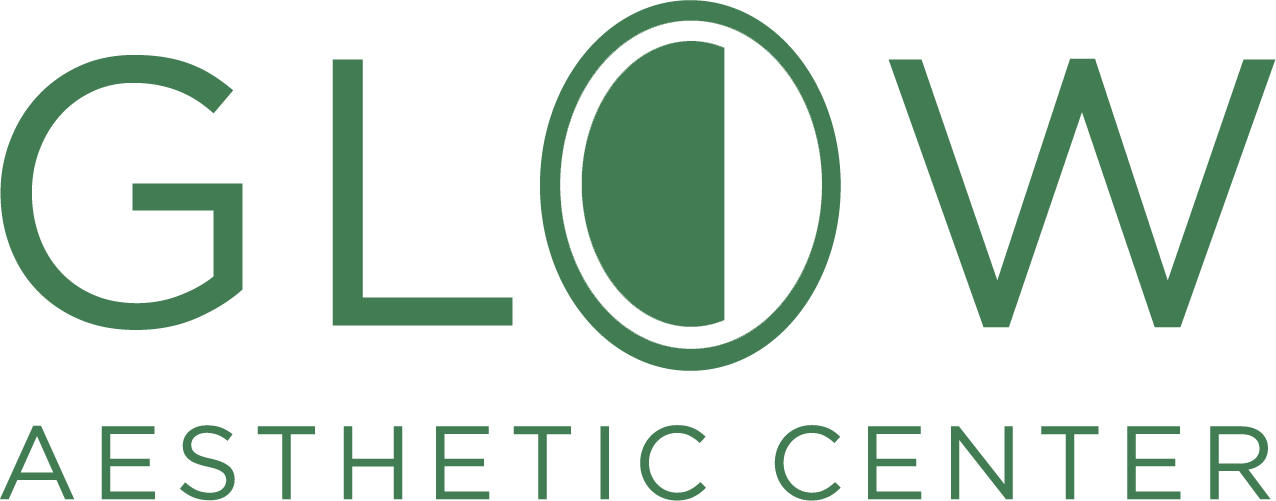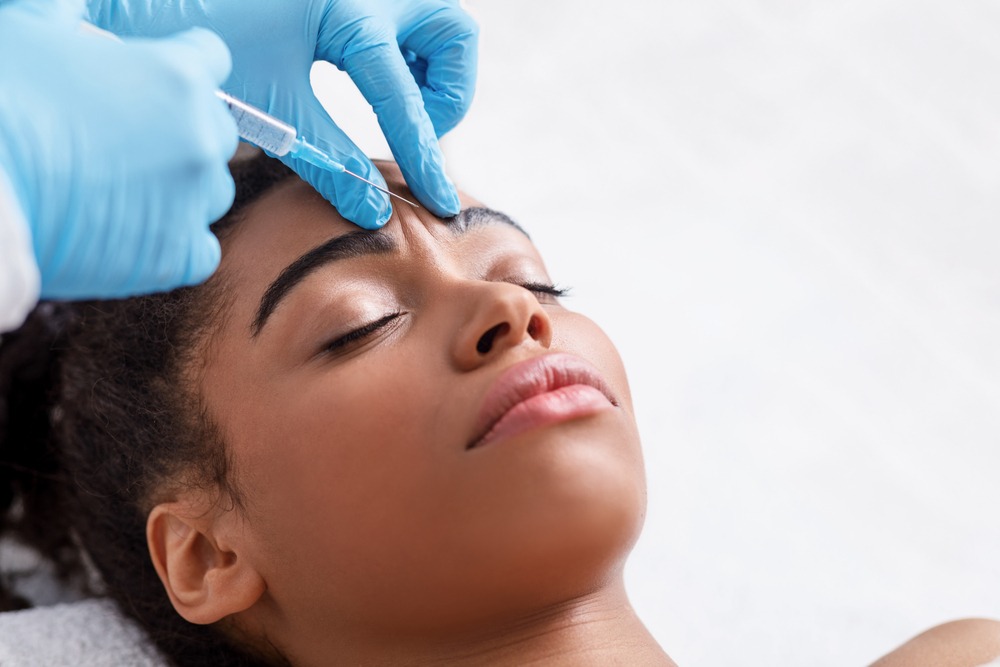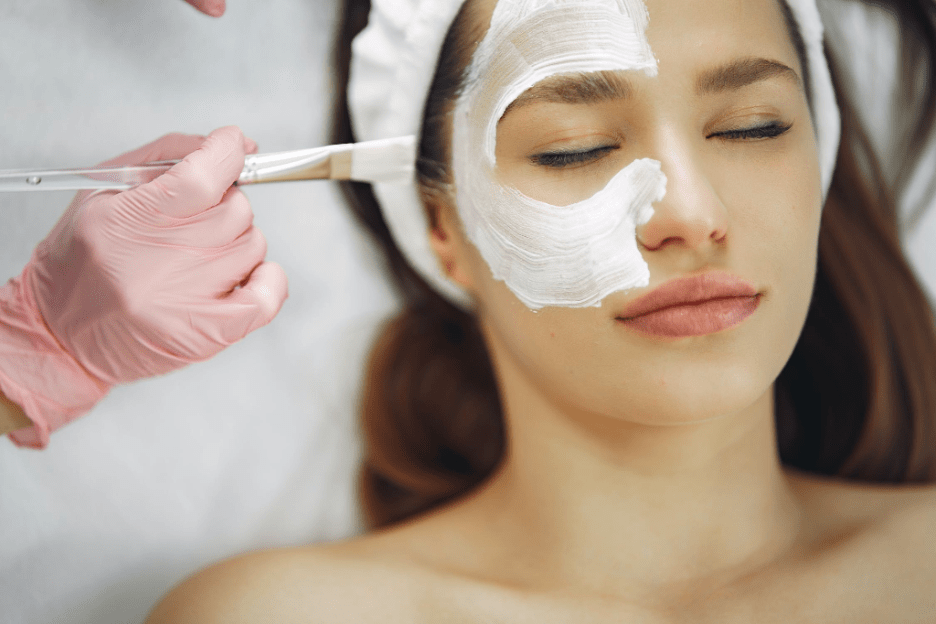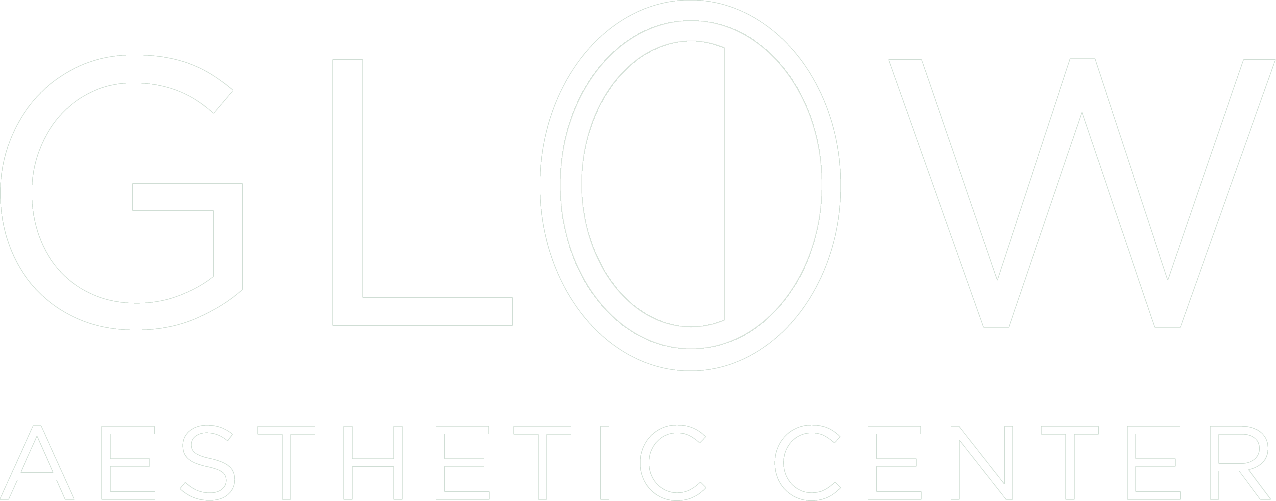Botox is one of the most recognized names in aesthetics, but its origins may surprise you. Today, it’s known for smoothing wrinkles and offering relief for migraines, jaw tension, and excessive sweating. But it began in a very different place—inside a sausage.
Let’s take a look at how Botox was discovered, how its use evolved from food safety to aesthetics, and how treatments at Glow continue to build on decades of scientific research and innovation.
It All Started With Sausage
Back in 1793, in a small German town called Wildbad, several people became ill after eating a dish made from pork stomach stuffed with blood sausage. Six individuals died. The mysterious illness sparked concern across the region, especially when more deaths were reported in the years that followed.
A German physician named Justinus Kerner began researching the phenomenon. Between 1817 and 1822, he published extensive observations of what he called “sausage poisoning.” He believed the illness was caused by a biological toxin formed in meat stored without air (anaerobic conditions). Even more interestingly, Kerner speculated that this mysterious toxin, which caused muscle paralysis, could one day be used for therapeutic purposes. He wasn’t wrong.
In 1870, another physician gave the condition a name: botulism. The word comes from “botulus,” the Latin word for sausage.
Discovery of the Botulinum Bacterium
It wasn’t until 1895 that scientists identified the actual cause of botulism. During a funeral in Belgium, several guests became ill after eating smoked ham. A microbiologist named Émile van Ermengem studied the outbreak and isolated a new bacterium from the ham and the people who had died. He called it Bacillus botulinus. Later, it would be renamed Clostridium botulinum.
Van Ermengem confirmed what Kerner had suspected nearly 70 years earlier—the illness wasn’t caused by the bacteria themselves, but by the powerful toxin the bacteria released. This toxin became known as botulinum toxin, and it was one of the most lethal substances ever discovered in nature.
Food Safety and Early Research
As food canning became more common in the early 20th century, botulism outbreaks began to rise. Scientists worked to understand how the toxin formed, how it could be neutralized, and how to make canned food safe. Researchers like Karl Friedrich Meyer helped develop methods to destroy the toxin through heat, preserving both public health and the growing food industry.
In the 1940s, the U.S. military began exploring botulinum toxin as a potential biological weapon. During that time, scientists learned how to isolate, purify, and standardize the toxin for controlled use. One of these researchers, Edward J. Schantz, created a form of botulinum toxin that would later become the foundation for medical-grade Botox.
A Breakthrough in Eye Care
By the 1970s, researchers were beginning to explore the therapeutic uses of the toxin. Eye specialists had been trying to find non-surgical ways to treat strabismus—a condition where the eyes don’t align properly. Dr. Alan B. Scott, an ophthalmologist, began testing botulinum toxin on monkeys with eye muscle disorders.
The results were impressive. The targeted muscles became temporarily paralyzed, aligning the eyes without surgery. Encouraged by this success, Dr. Scott developed a product called Oculinum, and in 1980, he injected it into the first human patients with strabismus. It worked. By 1989, the FDA approved Oculinum for use in treating eye muscle conditions.
Shortly afterward, the product was acquired by a company called Allergan, which gave it a new name: Botox.
Botox’s Cosmetic Potential
Around the same time, doctors began noticing something unexpected. Patients receiving Botox near the eyes—often for eye spasms—seemed to have smoother skin and fewer wrinkles. Two Canadian doctors, Jean and Alastair Carruthers, decided to explore this more closely. In the late 1980s, they conducted a study on individuals who were bothered by frown lines between the brows.
Their results confirmed what they had suspected: Botox reduced the appearance of wrinkles. The first scientific reports on cosmetic Botox were published in the early 1990s. Since then, Botox has become the most widely used non-surgical cosmetic treatment in the world.
From Wrinkle Relaxation to Medical Relief
As Botox grew in popularity for its aesthetic benefits, researchers continued exploring its therapeutic uses. In 2000, physicians began noting that patients who received Botox also reported fewer headaches. This led to the FDA’s approval of Botox for chronic migraines in 2010.
Today, Botox is used for a range of medical concerns, including:
- Chronic migraines
- TMJ and jaw clenching
- Hyperhidrosis (excessive sweating)
- Muscle spasms and certain types of pain
What started as a response to food poisoning has evolved into a powerful tool in both aesthetic medicine and patient care.
How Botox Is Used at Glow
At Glow, Botox is used to soften wrinkles, lift features, and ease muscle-related discomfort—always with a personalized approach. Our Board Certified Injectors work with you to create a treatment plan that reflects your facial structure, goals, and lifestyle.
Common cosmetic applications include:
- Smoothing forehead lines
- Softening glabellar lines (“Elevens” between the brows)
- Reducing crow’s feet around the eyes
- Lifting the brow with techniques like Barbie Tox
- Defining the jawline with a Nefertiti Lift
For those dealing with medical concerns, Botox treatments at Glow may also provide relief for migraines, TMJ symptoms, or excessive underarm sweating.
How Botox Works
Botox is derived from a purified protein that temporarily interrupts the signals between nerves and muscles. It works by preventing the release of acetylcholine, a chemical messenger that tells muscles to contract. Without this signal, the treated muscles relax, and the overlying skin becomes smoother.
While it may sound complex, the process is quite straightforward when performed by a skilled practitioner. At Glow, ultra-fine needles are used to deliver the Botox precisely where it’s needed. Most sessions take just 15 to 30 minutes, and results begin to appear within a few days.
What To Expect After Treatment
After your Botox treatment at Glow, you’ll be able to return to most normal activities right away. Some people may experience mild swelling, redness, or tenderness around the injection site, but these effects usually fade within a day or two.
For best results, you’ll be asked to:
- Stay upright for several hours
- Avoid rubbing the treated areas
- Hold off on intense exercise or heat exposure for 24 hours
Results typically last 3 to 4 months. Regular maintenance treatments can help keep your look consistent over time.
Why Clients Choose Glow for Botox
Glow takes a thoughtful, science-based approach to every Botox treatment. Our team combines medical expertise with an artistic eye to ensure that your results look natural and reflect your unique features.
We never take a one-size-fits-all approach. Every treatment is tailored to the individual—whether you’re looking to smooth out a few lines, improve facial balance, or address a medical concern.
With decades of combined experience, our Board Certified Injectors are trusted by clients who want beautiful, subtle results and a safe, supportive experience from start to finish.
Schedule Your Botox Consultation at Glow
If you’re ready to explore what Botox can do for you, the team at Glow is here to help. Whether you’re interested in cosmetic rejuvenation or symptom relief, our skilled injectors will guide you through every step.
Your consultation is complimentary and includes a personalized evaluation, education about your treatment options, and a custom plan designed just for you.
Book your consultation at Glow today and take the next step toward smoother, more refreshed skin—rooted in science and guided by experience.
Frequently Asked Questions
How was Botox originally discovered?
Botox comes from a purified form of a neurotoxin produced by the bacterium Clostridium botulinum. It was first identified in spoiled sausage in the 1800s and later studied for its muscle-paralyzing effects, which led to medical and cosmetic uses.
When did Botox start being used for wrinkles?
Doctors began exploring Botox for cosmetic purposes in the late 1980s. The first published study showing Botox could reduce frown lines appeared in 1989. By the early 1990s, it gained popularity as a wrinkle treatment.
Is Botox safe to use?
Yes, Botox has a long-established safety profile. It’s FDA-approved and widely used by trained professionals for both cosmetic and medical treatments.
What areas can Botox treat?
Botox can treat forehead lines, glabellar lines, crow’s feet, jawline contour, and even conditions like migraines or excessive sweating.
How soon will I see results after Botox?
Initial results often appear within 1 to 3 days, with full results visible within 7 to 14 days.
How long does Botox last?
Most people see their Botox results last 3 to 4 months, though this can vary depending on the individual and the area treated.
Can Botox treat medical conditions, too?
Yes. Botox is FDA-approved to treat chronic migraines, TMJ disorders, hyperhidrosis, and more.
What’s the recovery time like?
There’s very little downtime. Most people return to daily activities right away. Just avoid intense exercise, alcohol, and rubbing the treated areas for 24 hours.
Is Botox painful?
Most clients describe the injections as mild pinches. At Glow, we use ultra-fine needles and can offer numbing cream to make the process more comfortable.
Do I need to keep getting Botox once I start?
You don’t have to, but many clients choose to maintain their results with regular treatments every few months. Your practitioner at Glow will help you create a schedule that works for your goals.








